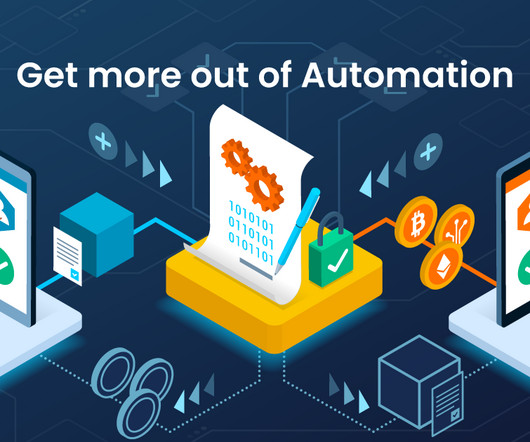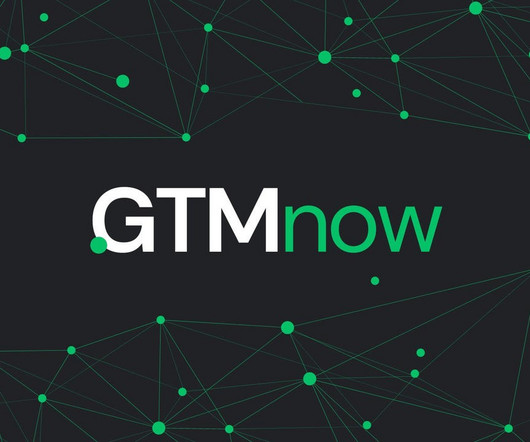Where Will Sales Investments Pay off in 2022?
Sales Hacker
FEBRUARY 17, 2022
COVID-19 has changed people’s buying habits, and that’s just as true for B2B buyers as it is for individual consumers. As we begin 2022, B2B buyers are more digitally inclined than ever. Strong pipeline management, deal optimization, and accurate forecasting are going to become even more essential to B2B organizations’ sales success.















Let's personalize your content